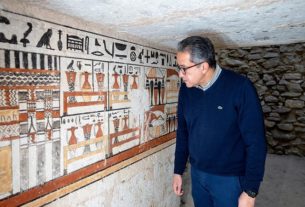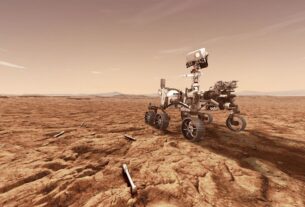The first mission of the United States National Aeronautics and Space Administration (NASA) to study Trojan asteroids is getting closer and closer. NASA’s goal is to explore the blocks formed from the remnants of the outer planets that orbit the Sun at a distance similar to that of Jupiter.
According to the space agency, the name of the mission is attributed to the fossilized human ancestor named Lucy, whose skeleton provided a unique insight into the evolution of humanity. This time, the Lucy mission will revolutionize the understanding of the planetary origins and the birth of the Solar System more than 400 million years ago.
According to scientists, asteroids trapped in the same orbit as Jupiter are a frozen frame the way that distant part of the Solar System used to have. So far, no space mission has been able to get there; therefore, Lucy could be the first mission to have that privilege.
The space rocket is made up of two circular solar panels as analysis lenses, each about 7 meters wide and attached to the body of the small aircraft. The mission led by the Southwest Research Institute in Boulder, was first approved in 2017.
After years of research and development, assembly, test and launch operations began at the Lockheed Martin (aerospace company) test laboratory in August 2020. The test work was completed on a trip from Colorado to Florida, where the Find the main launch base.
Regarding the operating system, the spacecraft will be able to collect information using infrared thermal observations in the wavelength range of four to 50 micrometers. Other technical aspects of the ship are that it will be able to allow the team to infer whether the surface material is loose like sand or rigid like a rock.
In addition, the aircraft will have a high-fidelity system to communicate with the space base and collect data, in addition to measuring the volume of the masses of Trojan asteroids. It also has a higher resolution camera built by the Johns Hopkins Applied Physics Laboratory that can capture color images and the infrared spectrum of the mission.
Phil Christensen, principal investigator and developer of the spacecraft’s instruments, explained that each has its own challenges. However, the experience and development by the company will be able to bring the Lucy project to fruition.
Lucy becomes a window to find out what is in the orbit of Jupiter where rocky sediments formed almost all the planets except Saturn. So far there is no set date for the final launch, but it is expected to be after 2024, when NASA astronauts will have reached Mars.




